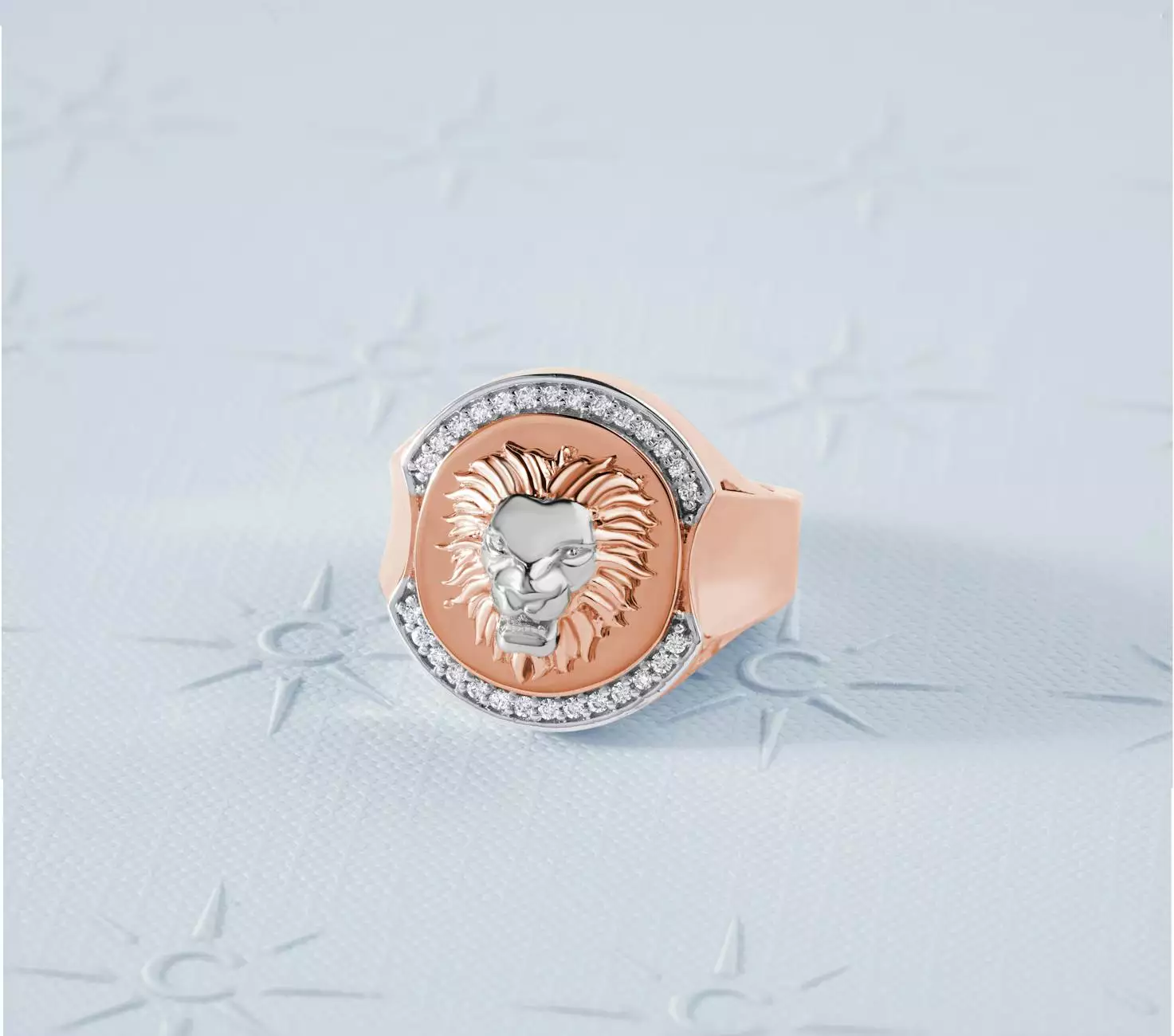A Deep Dive into FDM 3D Printing

Understanding FDM 3D Printing
Fused Deposition Modeling (FDM) is one of the most widely used 3D printing technologies globally. Its popularity can be attributed to its straightforward principle and cost-effectiveness, making it an ideal choice for both hobbyists and businesses alike. The process involves the layer-by-layer deposition of thermoplastic materials, which are melted and extruded to create three-dimensional objects.
How FDM 3D Printing Works
The mechanics of FDM 3D printing involve several key steps:
- Designing a 3D Model: The first step is to create a digital model using CAD (Computer Aided Design) software.
- Slicing: The model is then sliced into thin horizontal layers using slicing software, allowing the printer to understand how to build the object.
- Printing: The printer heats the thermoplastic filament to its melting point and extrudes it through a nozzle, depositing it layer by layer as per the sliced model.
- Cooling and Solidification: As each layer is deposited, it quickly cools and solidifies, bonding with the layer below.
Benefits of FDM 3D Printing for Businesses
1. Cost Efficiency
Implementing FDM 3D printing can significantly reduce production costs. Traditional manufacturing methods often require expensive tooling and setup costs, whereas FDM requires minimal initial investment, making it accessible for startups and small businesses.
2. Rapid Prototyping
FDM technology excels in rapid prototyping. Designers can print prototypes quickly, allowing for faster iterations. This agility can dramatically streamline product development cycles, enabling businesses to bring products to market faster.
3. Design Flexibility
FDM allows for designing complex geometries that are often impossible to achieve with traditional manufacturing methods. This flexibility fosters creativity and innovation in product design, giving businesses a competitive edge.
4. Reduced Material Waste
With traditional subtraction manufacturing, material waste can be significant. However, FDM 3D printing is an additive process, which means that material is used only where needed. Businesses can reduce waste and lower costs simultaneously.
5. Customization and Personalization
In today’s market, personalization is highly valued. FDM 3D printing allows businesses to offer customized products tailored to individual customer needs without a significant increase in production costs or times.
Applications of FDM 3D Printing in Various Industries
1. Manufacturing
In the manufacturing sector, FDM 3D printing is utilized for creating end-use parts, tooling, and fixtures. It enhances production efficiency by allowing for on-demand production and reducing inventory costs.
2. Healthcare
The healthcare industry leverages FDM technology for producing custom prosthetics, dental models, and surgical tools. By utilizing this technology, medical professionals can offer tailored solutions that significantly improve patient care.
3. Aerospace
Aerospace companies are increasingly turning to FDM for creating lightweight components and prototypes. This technology allows for intricate designs that would minimize weight without compromising strength, crucial in aerospace applications.
4. Education
Educational institutions are incorporating FDM 3D printing in their curricula to teach students about design, engineering, and fabrication. This hands-on experience not only enhances learning but also prepares students for future careers in tech-driven fields.
5. Art and Design
Artists and designers are beginning to harness the potential of FDM 3D printing to bring their visions to life. This technology can produce intricate designs and artistic expressions that are often unattainable through traditional methods.
Challenges Associated with FDM 3D Printing
While FDM 3D printing offers numerous advantages, businesses must also be aware of its challenges:
- Print Speed: FDM printing can be slower compared to other 3D printing methods, which may be a concern for businesses needing rapid production rates.
- Surface Finish: The surface finish of FDM-printed parts can be rough, requiring post-processing like sanding or painting for aesthetic applications.
- Material Limitations: The range of materials available for FDM printing is narrower than that of other types of 3D printing, although this is swiftly changing with ongoing advancements.
The Future of FDM 3D Printing in Business
The future of FDM 3D printing looks promising as technology continues to evolve. Innovations in materials, hardware, and integrated software solutions are paving the way for even greater applications in various sectors.
As businesses continue to seek efficiencies and sustainability in their operations, the demand for FDM 3D printing will likely increase. The technology's ability to reduce costs while enhancing creativity and design flexibility will make it indispensable in modern product development.
Conclusion
In summary, FDM 3D printing is reshaping the landscape of product design and manufacturing across various industries. The advantages it offers—cost efficiency, rapid prototyping, design flexibility, reduced waste, and customization—make it an invaluable asset for businesses striving to innovate and lead in competitive markets. Whether in manufacturing, healthcare, aerospace, education, or the arts, FDM technology is set to play a pivotal role in the evolution of modern businesses.
For further exploration of FDM 3D printing and its implications for your business, visit arti90.com, your go-to resource for art supplies, product design, and the latest in 3D printing technology.



